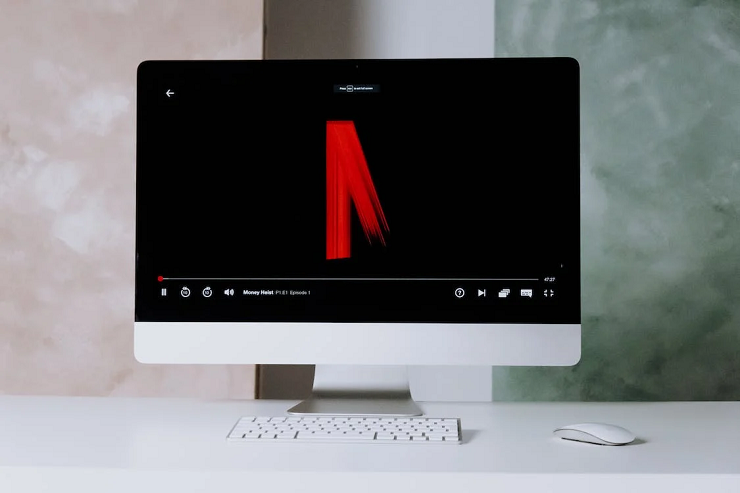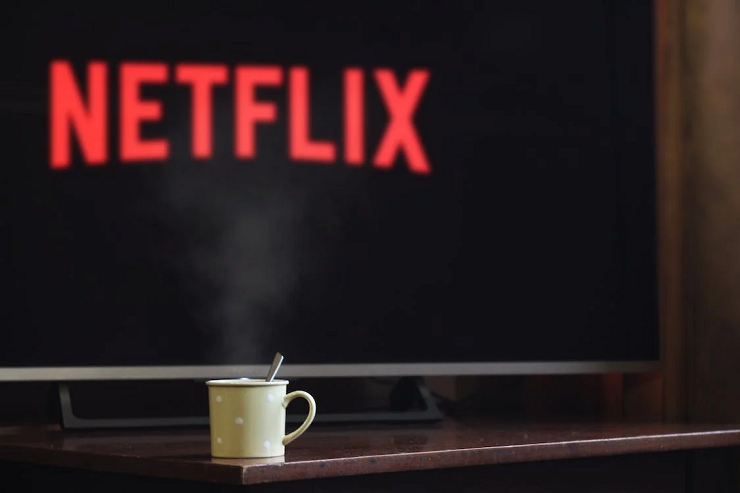
In the rapidly evolving world of technology and entertainment, one company has not only managed to stay ahead of the curve. Still, it has also set the standard for innovation and efficiency. Netflix, the streaming giant, has become synonymous with on-demand content consumption thanks to its user-friendly platform and vast library of movies and TV shows. But what many people may not realize is that behind the scenes, Netflix has also become a master of DevOps, revolutionizing the way software is developed and deployed. In this article, we’ll delve into how Netflix achieved DevOps mastery and continues to shape the industry.
The Evolution Of Netflix
Before diving into how Netflix became a master of DevOps, it’s crucial to understand the journey the company has taken since its inception. Netflix started as a DVD rental-by-mail service 1997 and later transitioned to online streaming in 2007. This transition marked the beginning of Netflix’s transformation into a technology company, as it had to build a robust platform to support its streaming service.
-
Adopting The Cloud
One of the early vital decisions that set the stage for Netflix’s DevOps journey was its shift to cloud computing. Netflix boldly moved to migrate its infrastructure to Amazon Web Services (AWS) in 2008. This decision allowed Netflix to scale rapidly, leveraging AWS’s elastic infrastructure. It also laid the foundation for adopting DevOps practices, as cloud infrastructure encourages automation and agility.
-
Cultural Transformation
DevOps isn’t just about tools and technology; it’s also about culture and collaboration. Netflix embraced this philosophy and fostered a culture of freedom and responsibility among its employees. The famous “Netflix Culture Deck,” published by former Chief Talent Officer Patty McCord, emphasized the need for employees to act in the company’s best interests and make decisions like owners. This cultural shift was crucial in aligning the organization with DevOps principles.
-
Continuous Delivery And Deployment
Netflix realized early on that to maintain its competitive edge; it needed to release new features and improvements rapidly. This led to the adoption of continuous delivery and deployment practices. Through automation, code changes were integrated, tested, and deployed into production with minimal manual intervention, ensuring that new features reached users quickly and reliably.

-
Chaos Engineering
Netflix took a unique approach to reliability by introducing “Chaos Engineering.” Chaos Engineering involves intentionally injecting failures and disturbances into the system to identify vulnerabilities and weaknesses. This practice allowed Netflix to build resilient systems that could withstand unexpected issues and provide a seamless streaming experience to its customers.
-
Microservices Architecture
Netflix’s move towards microservices architecture was another pivotal step in its DevOps journey. Instead of a monolithic application, the company decomposed its software into small, independently deployable services. This architecture allowed different teams to work on their services, promoting faster development cycles and enabling continuous integration and delivery.
-
A/B Testing And Data-Driven Decisions
Netflix leveraged A/B testing extensively to make data-driven decisions. By exposing different groups of users to product variations, Netflix could assess which features and changes resonated most with its audience. This approach improved the user experience and guided the development and deployment of new features.
The Tools Of Netflix’s DevOps Trade
Now that we’ve seen the transformation journey Netflix underwent, let’s explore the tools and practices that have enabled its DevOps mastery.
-
Spinnaker
Netflix developed and open-sourced Spinnaker, a robust continuous delivery platform that has since gained wide adoption in the industry. Spinnaker enables automated deployment across multiple cloud providers, making it easier for Netflix to manage its multi-cloud infrastructure.
-
Simian Army
Another intriguing aspect of Netflix’s DevOps practices is the Simian Army, a suite of tools designed to introduce chaos into its production environment. This suite includes tools like Chaos Monkey, which randomly terminates instances to ensure system resilience.

-
Docker And Kubernetes
Netflix embraced containerization and orchestration with Docker and Kubernetes. Containers allowed for consistent development and deployment environments, while Kubernetes simplified the management of containerized applications.
-
RESTful APIs
Netflix heavily relies on RESTful APIs to enable communication between its microservices. These APIs provide flexibility and scalability to support its diverse devices and platforms.
-
Monitoring And Observability
Netflix invests in advanced monitoring and observability tools to detect and respond to issues in real-time. Tools like Atlas and Vector are crucial in providing insights into system performance.
The Human Element
Beyond technology and tools, Netflix’s DevOps journey underscores the importance of the human element. The company nurtured a culture that values experimentation, learning from failures, and continuous improvement. This culture is characterized by:
-
Freedom And Responsibility
Netflix grants its employees the autonomy to make decisions and encourages them to act in the company’s best interests. This level of trust fosters innovation and a sense of ownership.
-
Learning From Failures
Netflix understands that failures are an inevitable part of the journey. Rather than placing blame, the focus is on learning from mistakes and improving processes.
-
Open Communication
Open and transparent communication channels ensure everyone is on the same page. This facilitates collaboration and the sharing of knowledge across teams.

-
Diverse Teams
Netflix recognizes the value of diversity in teams. Diverse perspectives and backgrounds lead to more creative problem-solving and better decision-making.
Conclusion
Netflix’s journey to becoming a master of DevOps is a testament to its commitment to innovation, technology, and customer-centricity. By embracing cloud computing, fostering a culture of freedom and responsibility, and leveraging cutting-edge tools and practices, Netflix has disrupted the entertainment industry and set a high bar for DevOps excellence.
The streaming giant’s success story inspires organizations across industries, highlighting the importance of agility, continuous improvement, and a customer-first approach in the ever-evolving world of technology. Netflix’s DevOps mastery is a reminder that staying ahead of the curve requires technical prowess and a culture of relentless innovation and adaptability.
